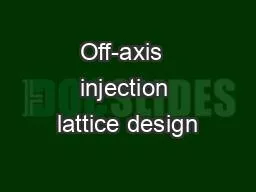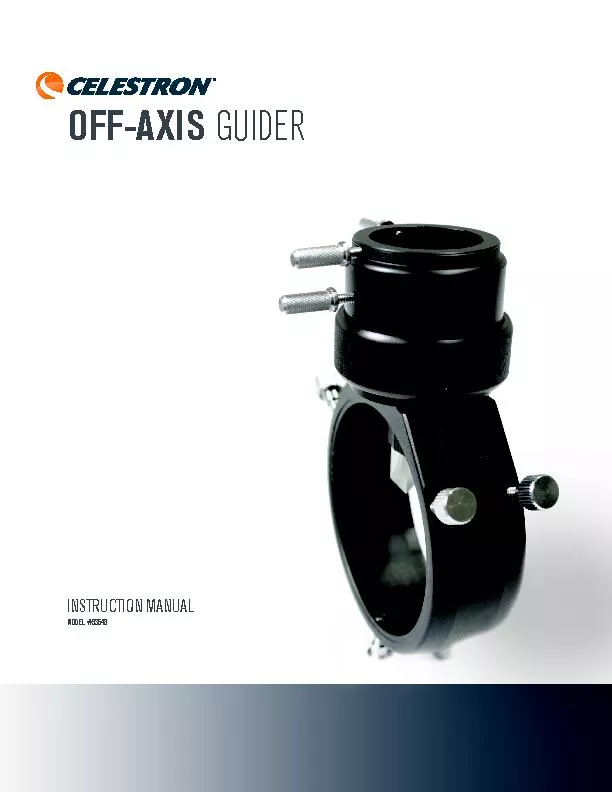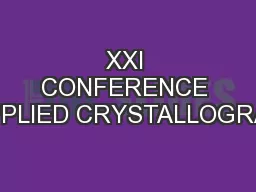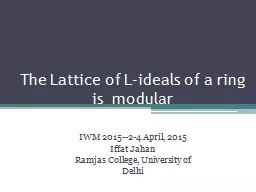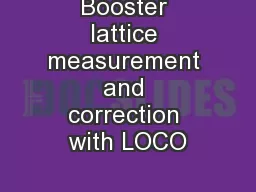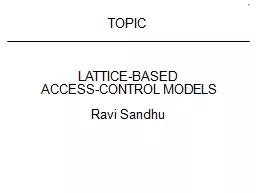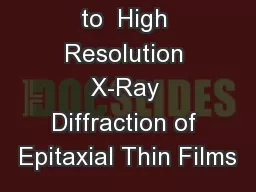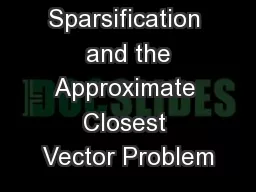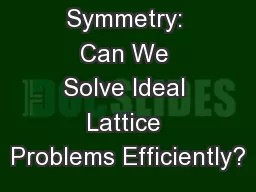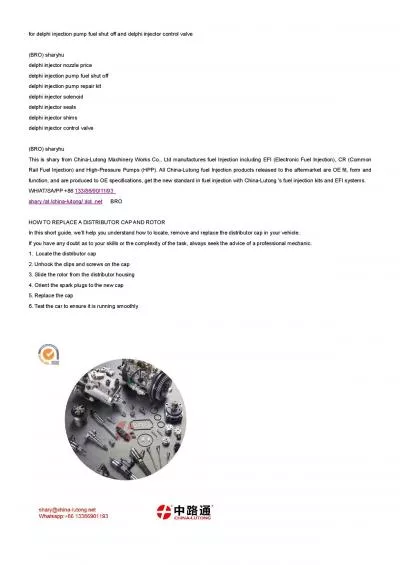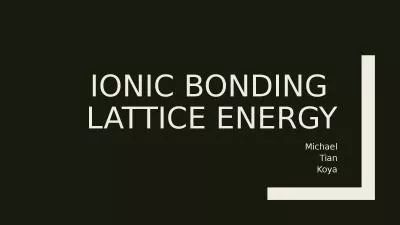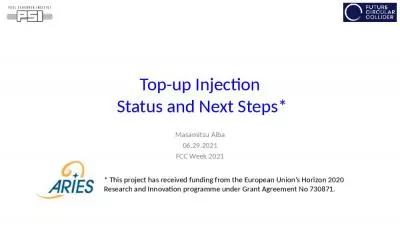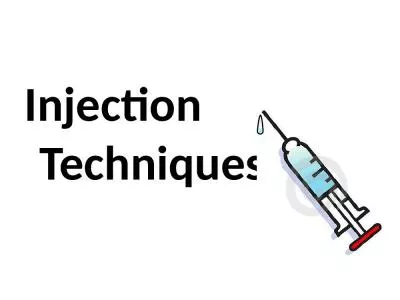PPT-Off-axis injection lattice design
Author : crunchingsubway | Published Date : 2020-06-30
studies of HEPS storage ring This work done by Physics group of HEPS Reporter Y M Peng LERLD 2016 workshop 12 December 2016 Outline Introduction of HEPS present
Presentation Embed Code
Download Presentation
Download Presentation The PPT/PDF document "Off-axis injection lattice design" is the property of its rightful owner. Permission is granted to download and print the materials on this website for personal, non-commercial use only, and to display it on your personal computer provided you do not modify the materials and that you retain all copyright notices contained in the materials. By downloading content from our website, you accept the terms of this agreement.
Off-axis injection lattice design: Transcript
Download Rules Of Document
"Off-axis injection lattice design"The content belongs to its owner. You may download and print it for personal use, without modification, and keep all copyright notices. By downloading, you agree to these terms.
Related Documents

